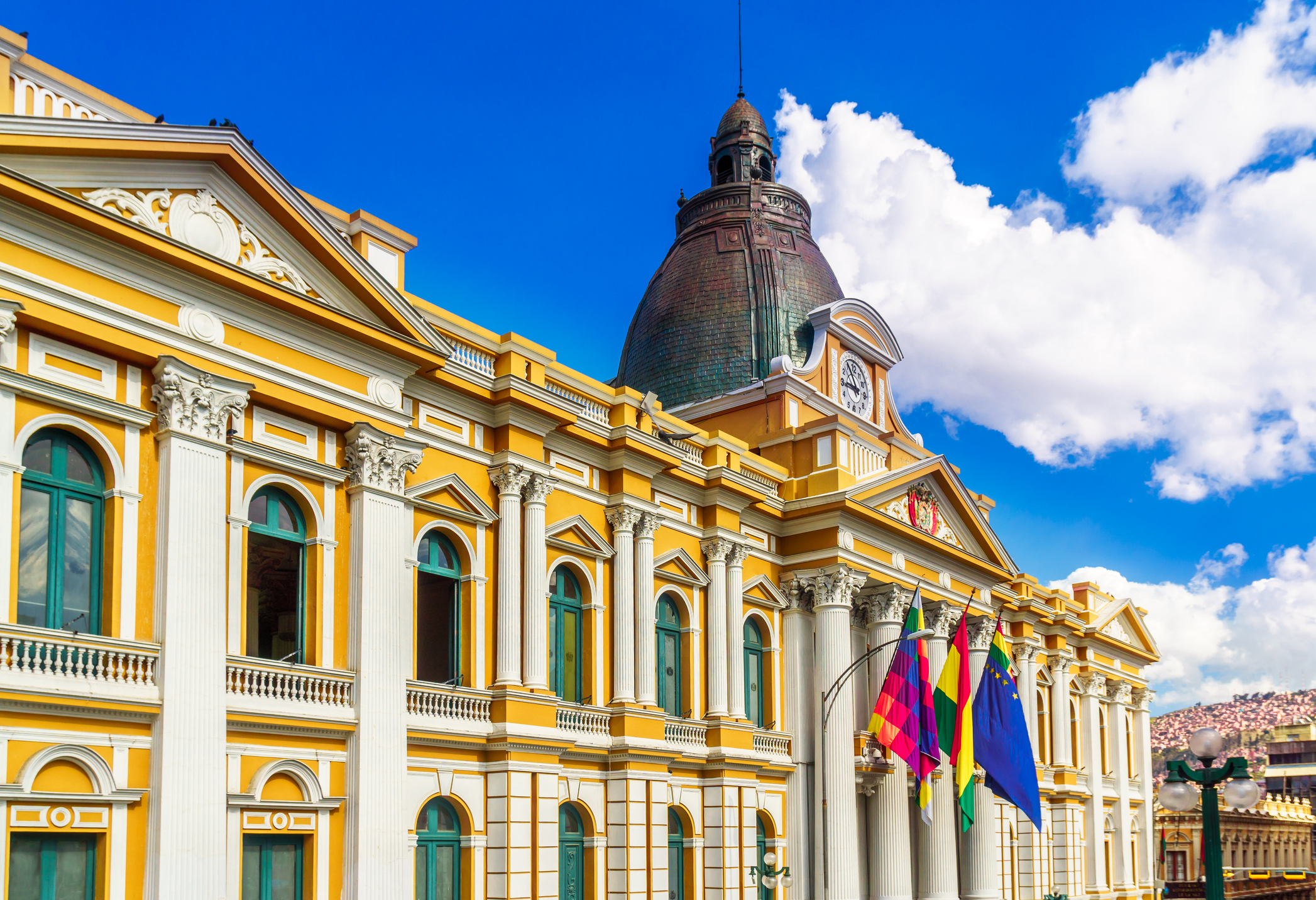Bolivia’s new path forward: a golden opportunity for moderation and economic pragmatism
Diego Peñaranda Molina, Master of Public Policy student, examines Bolivia’s recent election and argues that the country’s centrist turn under President Rodrigo Paz offers a rare opportunity to rebuild economic stability though moderation and pragmatism.

Bolivia reaches its 200th anniversary in the midst of a deep economic crisis, but with an unexpected opportunity to redefine its long-term trajectory.
After 20 years of almost consecutive governments led by the left-wing Movement Towards Socialism (MAS) party, the surprise centrist – or moderate centre-right – candidate Rodrigo Paz won the recent presidential elections. In the first round of voting, he came in first with 32% of the vote, beating the MAS and the other left-wing parties, which collectively obtained only 13% of the vote. In the second round, Paz defeated the conservative right-wing candidate Jorge ‘Tuto’ Quiroga, obtaining 55% of the vote. This victory represents the Bolivian people's commitment to moderation in a time of polarisation, providing them with an opportunity to rebuild the country's economic foundations based on economic pragmatism rather than ideology.
Stabilising through pragmatism
The outgoing government of Luis Arce leaves the country in a situation of profound macroeconomic unsustainability. The projected fiscal deficit for this year is around 13% of GDP, the highest in the region. Most of this gap has been financed by the Central Bank through monetary emission, mainly by printing money, which contributed to inflation skyrocketing to its highest levels since the 1980s (23% year-on-year). The government's gross debt, which stood at 37% of GDP in 2008, is now 93%. At the same time, a fixed exchange rate and declining exports mean that usable net international reserves – the Central Bank's foreign currency holdings, excluding the gold in its vaults – amount to only US$73 million, or 0.1% of GDP as of October. This has led to a parallel exchange rate 65% higher than the official rate, paralysing essential imports and causing shortages of petrol and diesel.
Despite defining himself as a ‘centrist’, the new president must make tough decisions to get the economy back on track. The immediate priority is to restore macroeconomic stability through a comprehensive plan that combines fiscal consolidation, exchange rate correction, and restoration of confidence in institutions. The dilemma is not whether to adjust, but how to do so in an orderly manner to avoid a deeper crisis. Fiscal consolidation will require a comprehensive package of measures: reducing current spending, reviewing state-owned enterprises operating at a loss, broadening the tax base, and eliminating fuel subsidies that cost around $2 billion in 2024, or almost 4% of GDP. All this will put further pressure on inflation and could lead to an increase in poverty, so part of the savings from the adjustments will need to be redirected to temporary safety nets to mitigate the negative impacts on the most vulnerable households.
At the same time, Bolivia needs to correct distortions in the exchange rate regime. The fixed exchange rate that has been in place for more than a decade no longer functions as an anchor of stability and has become a source of mistrust and illiquidity. Reducing the gap between the official and parallel exchange rates, which could be done through a free, administered, or banded float, would normalise access to foreign currency, revive trade, and restore reserves. This process will require technical and financial support from multilateral banks, including the International Monetary Fund. Their support is necessary not only for the resources they can provide, but also for the credibility and expert knowledge they bring. Transparently communicating the objectives, timing, and limits of each measure will be almost as important as the reforms themselves.
Rebuilding trust and redefining the centre
The success of the new government will partially depend on its ability to rebuild the institutional capacity of the public sector, without necessarily leading a purge of existing civil servants. Establishing merit-based rules and retaining competent public sector officials, regardless of political affiliation, will be essential for stability. At the same time, Bolivia should preserve the social gains achieved over the past two decades – the broader political, economic, and educational inclusion of historically marginalised groups and the improvement of socioeconomic outcomes, like the reduction of poverty from 60% in 2005 to 37% in 2023. If the new administration hopes to govern effectively, it must understand that pragmatism and balance mean reforming what needs to change without dismantling what has worked before.
In a politically polarised region, with far-right leaders such as Milei in Argentina declaring “I detest communists, shitty leftists, because they hate life”, or dictatorial left-wingers such as Maduro in Venezuela warning of a “bloodbath” if the right wing won the 2024 elections, Bolivia’s democratic and peaceful shift towards the centre stands out as an example to follow. In the midst of an economic crisis, the country chose balance, not out of ideological calculation, but out of necessity. This collective commitment to moderation opens a historic window of opportunity to demonstrate that tough reforms can also be socially responsible and politically sustainable.
The new government faces enormous challenges and has little room for error. But if it manages to stabilise the economy without sacrificing inclusion, and rebuild institutions without falling into political revenge, Bolivia could redefine what “the centre” means in South America: not as tepidity, but as a form of democratic maturity. After years of governments driven by ideology, Rodrigo Paz's administration has the opportunity to do something harder, but more enduring: to govern with pragmatism and common sense.

